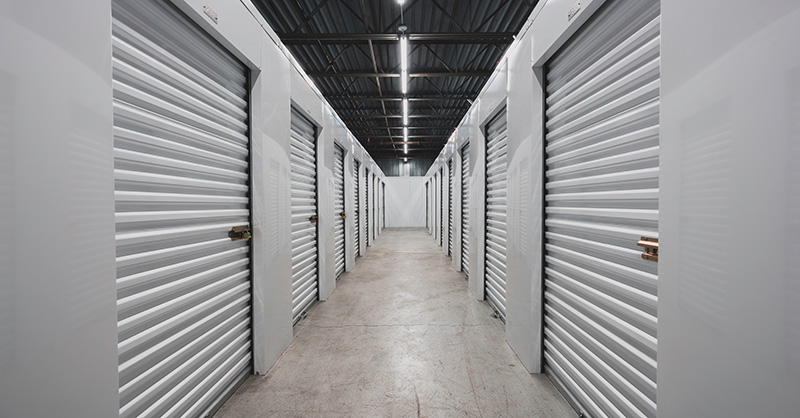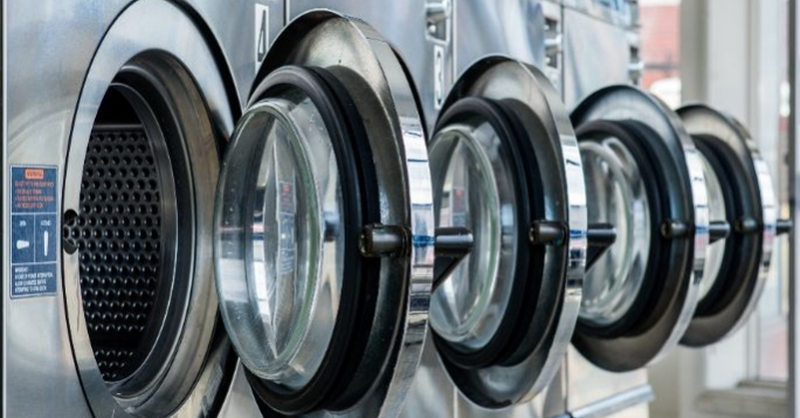Food Safety for Food Processing Facilities

According to the USDA, food safety refers to the “conditions and practices that preserve the quality of food to prevent contamination and food-borne illnesses.” Food products undergo many changes between sourcing ingredients and the packaged item reaching the shelves. Maintaining safety standards at each stop along the production chain is critical to the business's success and to the consumers' health.
The United States is among the safest food supplies in the world, but foodborne illness is still a significant hazard. The USDA estimates ~48 million annual cases of foodborne illness (commonly referred to as “food poisoning”) resulting in ~128,000 hospitalizations and ~3,000 deaths. Common foodborne germs include Salmonella, E. coli, and Toxoplasma gondii. In some cases, victims may seek compensatory damages against entities involved in the production chain.
The Unique Hazards in Food Processing Facilities
Food processing facilities are used for commercial operations such as: manufacturing, packages, labels and food storage for consumption. These facilities provide food for sale or distribution to other business entities such as food processing plants or food establishments. They are key battlegrounds for preventing foodborne illness because this is where the handling of the product occurs prior the shelves. Processes may include cleaning, cutting/prepping, cooking, and packaging. The volume of production and variety of processes involved present unique hazards that each facility must address individually.
The food industry on a global and national level is ever-evolving as companies look for new ways to meet consumer demand. Different foods gain and lose popularity, and new products are constantly being developed. This means that business owners must remain diligent in maintaining nimble risk management programs that react to these industry changes.
What Can You Do to Ensure Food Safety?
Many foodborne germs originate due to improper handling, storage, transportation, and other process subject to human error. If your organization has any food handling exposure, it’s crucial to be prepared with a strong risk management. Proactive ownership and knowledgeable employees create an environment that minimizes and mitigates losses. Here are some practical tips for crafting your organization’s plan:
Facility Best Practices
- Planning: Assess facilities for areas that could be vulnerable to extreme temperature, pollution, poor lighting, pest invasion, and other risks. Install materials and equipment that are easy to maintain and clean. Ensure the water supply is adequate.
- Cleaning/Sanitation: Establish a formal documented cleaning program for all rooms including equipment, tools, and cleaning supplies. This should include effective waste management, both adequate receptacle and collection/removal procedures.
- Pest Control: Invest in a professional service to provide monitoring, detection and prevention.
- Isolation: Maintain separate rooms for separate processes including pasteurizing, processing, cooling, reconstitution, condensing, drying, packaging and more. Ensure bathroom facilities are completely enclosed and do not open into any food processing rooms.
- Storage and Labelling: Ensure that flammables, chemicals, and other toxic materials that could contaminate foods are safely stored in an appropriate container and clearly labelled.
Handling Best Practices
- Hygiene: Implement minimum standards for all employees working with food. This includes clean clothing, handwashing, hair coverings, and more. Provide adequate handwashing and bathrooms facilities to meet these standards.
- Cleaning: Implement minimum standards for cleaning foods as well as tools (cutting boards, dishes, etc.).
- Separation: Keep raw meat, poultry, seafood, and eggs separate from other foods. Use separate cutting surfaces for meat and produce.
- Temperature: Ensure that the correct temperatures are maintained for storage, cooking including internal temperatures, cooling, freezing, transporting, etc.
Organizational Best Practices (HACCP, GMP Training)
- Training: Implement mandatory documented training for all employees including prior to employment and consistently for established employees. Topics should include hygiene, sanitation, food handling, and more.
- Supervision: Designate supervisors responsible for upholding company standards, identifying food contamination hazards, sanitation failures, hygiene requirement failures, and more.
- Compliance: Ensure your business is following the highest standards by following 1 of 2 food safety management systems created by the federal government: Hazard Analysis Critical Control Point (HAACP) or Good Manufacturing Practices (GMP)
Note: The overarching theme of the organizational best practices is to create an environment and culture geared towards safety and proactive risk management. Everyone from ownership to supervisors to staff should ultimately understand safety as part of success.
Additional Resources
- https://www.fda.gov/food/buy-store-serve-safe-food/safe-food-handling
- https://www.agriculture.pa.gov/consumer_protection/FoodSafety/manufacturing-packing-holding-distribution/commercial-food-establishments/Documents/Guidelines%20for%20Food%20Establishment%20Construction%20Sanitary%20Practices%20(cGMPs).pdf
- https://www.fda.gov/files/food/published/Draft-Guidance-for-Industry--Hazard-Analysis-and-Risk-Based-Preventive-Controls-for-Human-Food---The-Food-Safety-Plan-%28Chapter-1%29-Download.pdf
- https://www.foodsafety.gov/keep-food-safe/4-steps-to-food-safet









